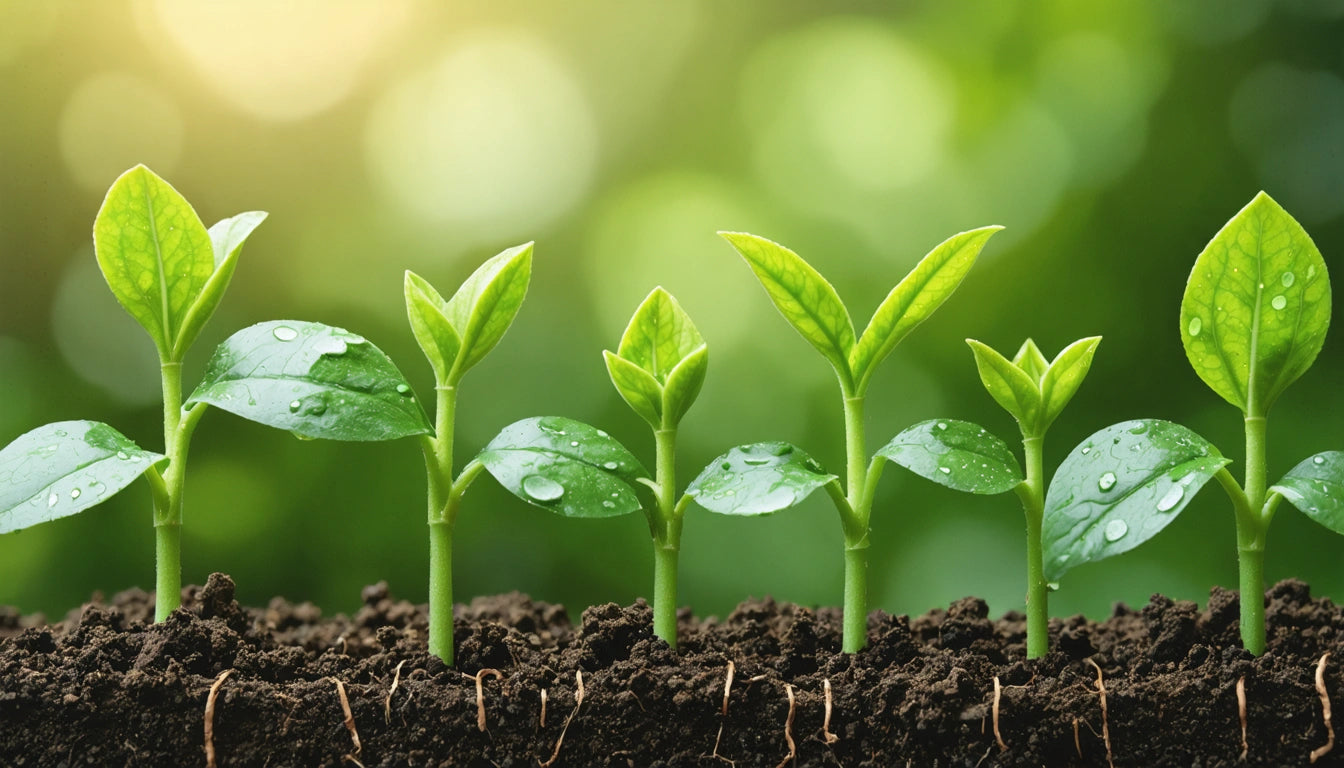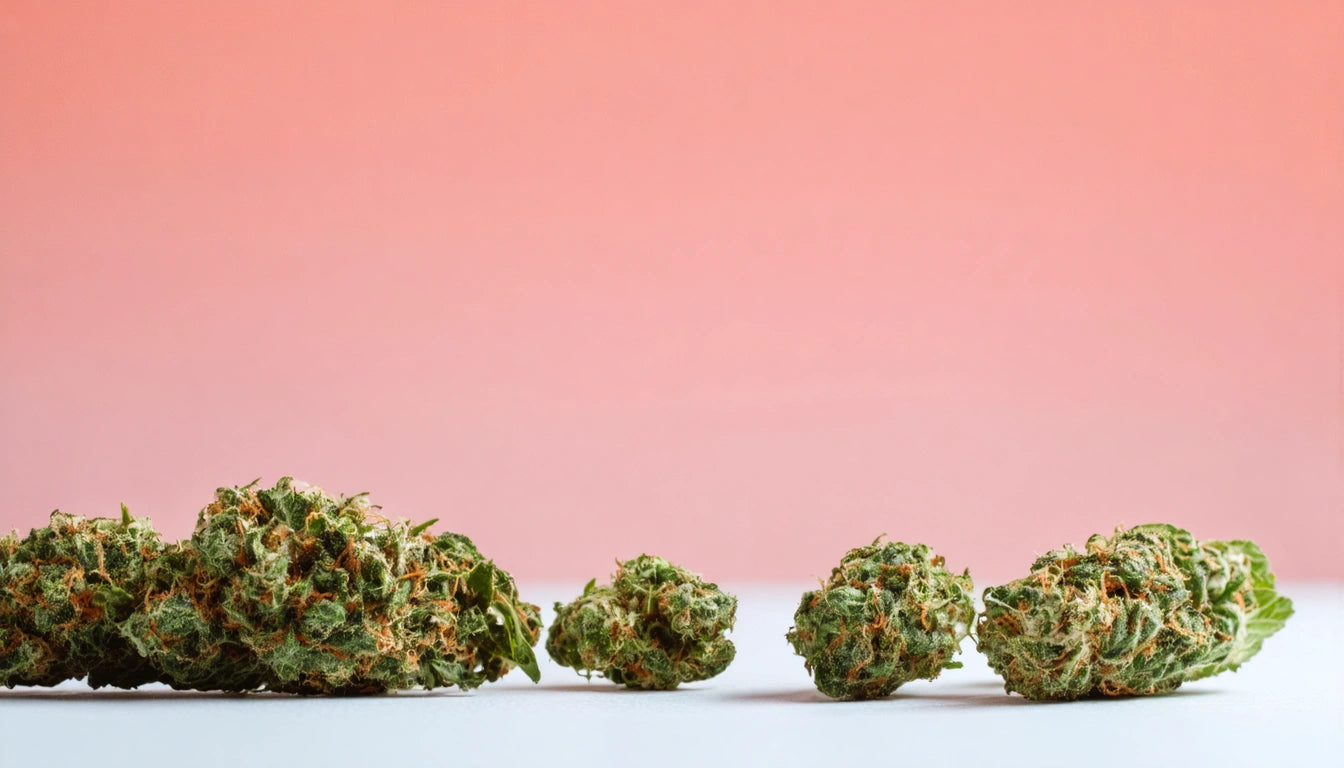Comprehensive Guide to Cloning and Growing Plants Successfully
Plant cloning offers growers the ability to reproduce exact genetic copies of their favorite plants, ensuring consistent quality and characteristics. Whether you're wondering how to clone a pot plant or how to grow clones indoors, this guide covers everything from selecting mother plants to caring for newly rooted clones.
Understanding Plant Cloning Basics
Cloning plants involves taking cuttings from a healthy mother plant and encouraging them to develop their own root systems. This asexual reproduction method preserves the exact genetic makeup of the original plant, unlike growing from seeds which introduces genetic variation.
The process works because many plants possess totipotency, where individual cells contain all the genetic information needed to develop into a complete plant. When we take cuttings and provide the right conditions, we activate these cells to differentiate and form new roots.
Selecting Mother Plants for Cloning
A common question is how old should a mother plant be before cloning. Ideally, mother plants should be at least 2-3 months old and in the vegetative stage. Select plants that demonstrate:
- Vigorous growth and strong stems
- Desirable traits you want to preserve
- No signs of pests, disease, or nutrient deficiencies
- No signs of flowering or stress
Mother plants can remain productive for 6-12 months when properly maintained. Many growers wonder, can you clone a cloned plant? Yes, you can take cuttings from plants that were themselves clones, though some growers prefer to limit this to a few generations to maintain vigor.
Essential Tools and Materials
Before learning how to clone pot plants, gather these supplies:
- Sharp, clean scissors or razor blades
- Rooting medium (rockwool cubes, soil, or water)
- Rooting hormone (gel, powder, or liquid)
- Humidity dome or plastic covering
- Spray bottle with clean water
- Growing containers
- High-quality storage bags for maintaining humidity and protecting cuttings during transport
Maintaining cleanliness throughout the process is crucial for preventing infections that can kill young clones.
Step-by-Step Cloning Methods
How to Clone a Plant in Water
For those wondering how to clone a plant in water, this method is straightforward:
- Fill a clear container with room-temperature water
- Take a 4-6 inch cutting just below a node
- Remove lower leaves, leaving 2-3 sets at the top
- Place the cutting in water, ensuring nodes are submerged
- Change water every 2-3 days to prevent bacteria
- Once roots reach 1-2 inches (typically 1-3 weeks), transplant to soil
Water cloning is popular for beginners due to its simplicity and the ability to monitor root development visually. For more advanced techniques, you can explore step-by-step guides to cloning cannabis plants.
Soil and Medium-Based Cloning
If you're asking how to plant clones directly in growing media:
- Prepare small containers with a light, aerated medium
- Take cuttings at a 45-degree angle below a node
- Dip the cut end in rooting hormone
- Create a hole in the medium and insert the cutting
- Gently firm the medium around the stem
- Water lightly and cover with a humidity dome
This method often results in stronger initial root systems compared to water cloning. For detailed instructions on soil methods, check out this comprehensive cloning guide.
Caring for Newly Cut Clones
After learning how to cloning plants, proper care is essential:
- Maintain high humidity (70-80%) using domes or misting
- Provide indirect light (18-24 hours for cannabis clones)
- Keep temperatures between 70-78 °F (21-26 °C)
- Avoid overwatering, which can cause rot
- Remove any dying leaves promptly
Roots typically develop within 7-14 days, though some plants may take longer. You'll know roots have formed when you see new growth at the top of the cutting or when resistance is felt when gently tugging the cutting.
Transplanting and Growing Clones
Once your clones have established roots, they're ready for transplanting. For those asking how to grow a clone plant:
- Prepare larger containers with appropriate growing medium
- Carefully remove clones from their rooting environment
- Create a hole in the new medium slightly larger than the root mass
- Place the clone in the hole and gently firm soil around it
- Water thoroughly but gently
- Gradually acclimate to lower humidity and stronger light
For indoor growing, maintain proper light cycles and ensure adequate ventilation. If you're wondering how to grow a clone indoor, provide 18-24 hours of light for vegetative growth or 12/12 for flowering. More details on transplanting can be found in this transplanting guide.
Troubleshooting Common Cloning Issues
Even experienced growers encounter problems when learning how do i clone a plant. Common issues include:
- Wilting: Often normal initially but should recover within 24 hours. Persistent wilting may indicate too much light or heat.
- Yellowing leaves: Usually natural as the clone directs energy to root formation.
- Rotting stems: Caused by excessive moisture or poor air circulation.
- Slow rooting: May be due to low temperatures or cuttings taken during flowering.
For faster rooting, consider techniques outlined in this article on speeding up the rooting process.
Advanced Propagation Techniques
Once you've mastered basic cloning, you might wonder how do i graft a plant or explore other advanced techniques:
Grafting: Unlike cloning, grafting involves joining the tissues of two plants so they grow as one. This technique allows you to combine desirable characteristics of different plants.
- Select compatible rootstock and scion (upper portion)
- Make clean, matching cuts on both plants
- Join the cut surfaces, ensuring cambium layers align
- Secure with grafting tape or wax
- Keep the graft union moist and protected until healed
For those interested in creating new varieties, this guide on crossbreeding plants provides valuable insights.
Whether you're looking to preserve genetics, expand your garden, or experiment with breeding, understanding how to clone pot plant varieties and other plants gives you a powerful tool for cultivation success. With practice and attention to detail, you'll soon be producing healthy clones consistently and enjoying the benefits of genetic preservation.











Leave a comment
All comments are moderated before being published.
This site is protected by hCaptcha and the hCaptcha Privacy Policy and Terms of Service apply.